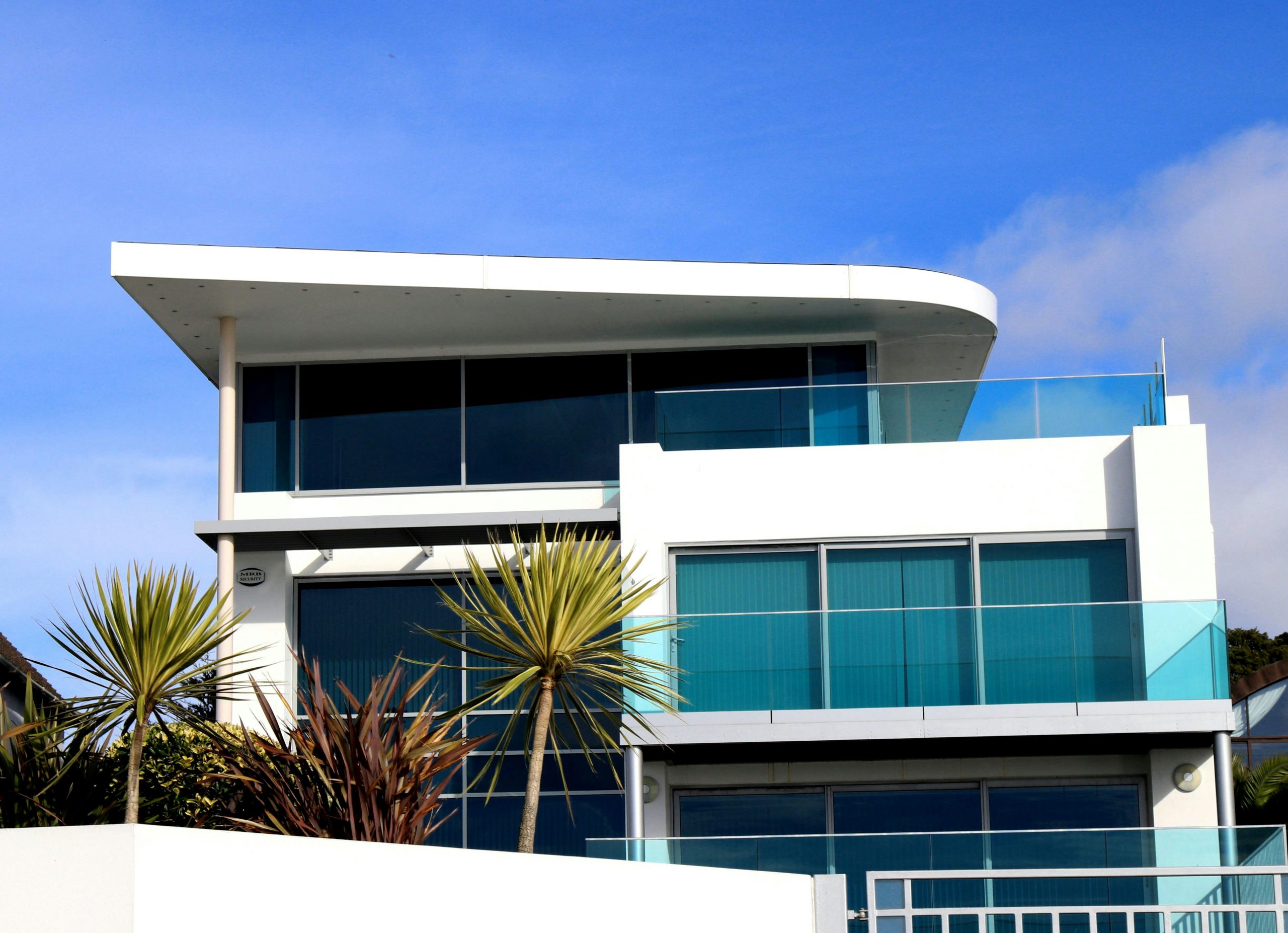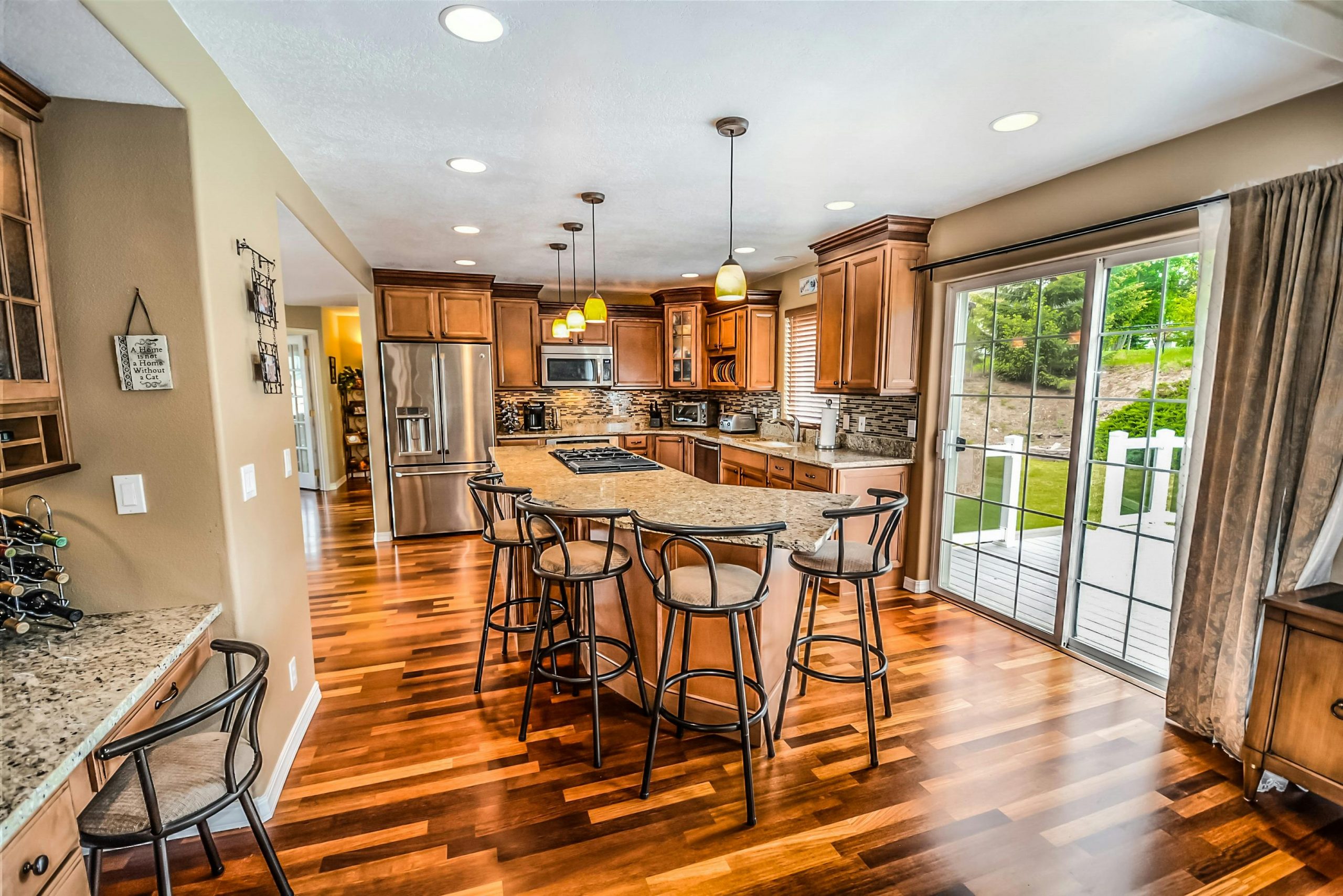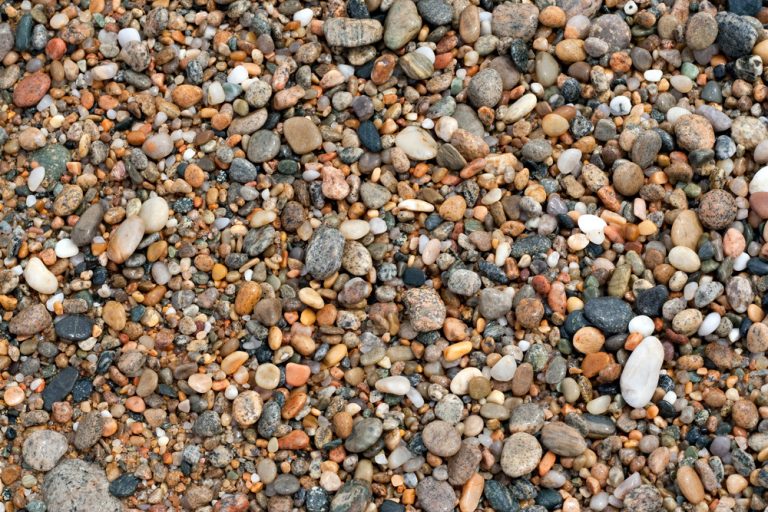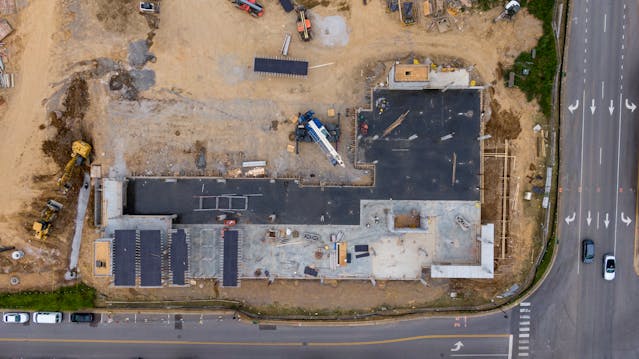

- Innovative materials in modern home design enhance aesthetics, sustainability, and efficiency, marking a shift from traditional construction methods.
- Terrazzo flooring exemplifies the trend towards durable, versatile materials, offering a blend of contemporary style and mid-century nostalgia in homes.
- To fully integrate new materials in home design, challenges such as high costs, market readiness, and regulatory obstacles must be overcome.
- Future home design will balance aesthetics, environmental sustainability, and technological integration, reflecting our evolving values and aspirations in living spaces.
- The continuous development of sustainable, efficient materials promises a redefined concept of living spaces, contributing to a healthier, more sustainable world.
In-home construction and interior design, the materials we choose serve as the foundation of our living spaces, dictating their aesthetic and functional qualities. With a growing emphasis on sustainability, efficiency, and aesthetics, modern home design has begun exploring and adopting various innovative materials. These materials are transforming the way homes look and feel and pushing the boundaries of environmental sustainability and technological integration.
A Brief Look into the History of Home Construction Materials
Historically, home construction has relied on a fairly standard set of materials: wood, stone, clay, and, more recently, concrete and steel. Each of these materials was chosen for its availability, durability, and cost-effectiveness. However, as we’ve grown more conscious of environmental issues and more demanding of our living spaces, the evolution towards innovative materials in modern architecture has accelerated.
Sustainable Materials for Eco-Friendly Design
Bamboo: The Sustainable Powerhouse

Bamboo stands out as a prime example of sustainable innovation. Fast-growing and with a tensile strength comparable to steel, bamboo is increasingly used in modern homes’ flooring, roofing, and even structural elements. Its rapid regrowth rate and ability to thrive without pesticides make it a poster child for eco-friendly design.
Recycled Steel: Strength in Reuse
Recycled steel has emerged as a strong, resilient, and eco-friendly alternative to traditional construction materials. By repurposing steel from demolished structures or discarded products, we significantly reduce greenhouse gas emissions associated with producing new materials. Its application in beams, frames, and exteriors speaks to its versatility and strength.
The Benefits of Recycled Materials
Recycled materials, including glass and plastic, are finding their place in modern home design. They offer a way to reduce waste and energy consumption. Their use not only contributes to more sustainable construction practices but also adds unique aesthetic elements to homes.
Advanced Technology in Construction Materials
Self-Healing Concrete: A Step Towards Durability
The advent of self-healing concrete marks a revolutionary step in extending the lifespan of buildings. Embedded with bacteria that produce limestone when water activates, this material can automatically fill cracks, drastically reducing maintenance and repair costs.
Aerogel Insulation: The Science of Warmth
Aerogel, often considered the best insulating material available today, provides unparalleled heat insulation while being extremely lightweight. Its application in modern homes, particularly windows and walls, can significantly reduce energy costs, pushing us towards more energy-efficient living spaces.
Durable Concrete Walls
Modern treatments and techniques have allowed for the development of durable concrete walls that are both adaptable and aesthetically pleasing. With enhancements in texture, color, and form, these walls contribute to the innovative aesthetics of contemporary home design without compromising on functionality.
Photovoltaic Glass: Harnessing the Sun
Integrating photovoltaic technology into glass panels enables homes to generate their own electricity. This approach to energy efficiency reduces utility bills and contributes to a home’s modern aesthetic, proving that eco-friendly solutions can be seamlessly incorporated into home design.
Innovative Interior Materials
Reclaimed Wood: Beauty in Reuse

Reclaimed wood brings warmth and character to the interiors of modern homes. Its use in flooring, paneling, and furnishings underscores a commitment to sustainability and offers a piece of history and uniqueness in home design.
Terrazzo Flooring: Durable and Decorative
Once a staple of the mid-20th century, terrazzo flooring is making a comeback with a modern twist. Its versatility and durability make it a popular choice for floors and countertops, providing a timeless aesthetic that complements traditional and contemporary designs.
Challenges and Future Directions
While adopting innovative materials offers numerous benefits, challenges such as cost, market readiness, and regulatory hurdles remain. However, the continuous research and development in this space promise the emergence of more materials that are even more sustainable, efficient, and aesthetically pleasing.
The Future of Home Design
The future of home design lies in the harmony between aesthetics, sustainability, and technology. As architects and designers continue experimenting with innovative materials, we can expect homes that cater to our aesthetic desires and promote environmental sustainability and efficiency.
In conclusion, integrating innovative materials in modern home design represents a departure from traditional construction towards a future where our homes align more with our values and aspirations. For homeowners, interior designers, and green living enthusiasts, this shift presents an exciting opportunity to redefine our living spaces and how they can contribute to a healthier, more sustainable world.


